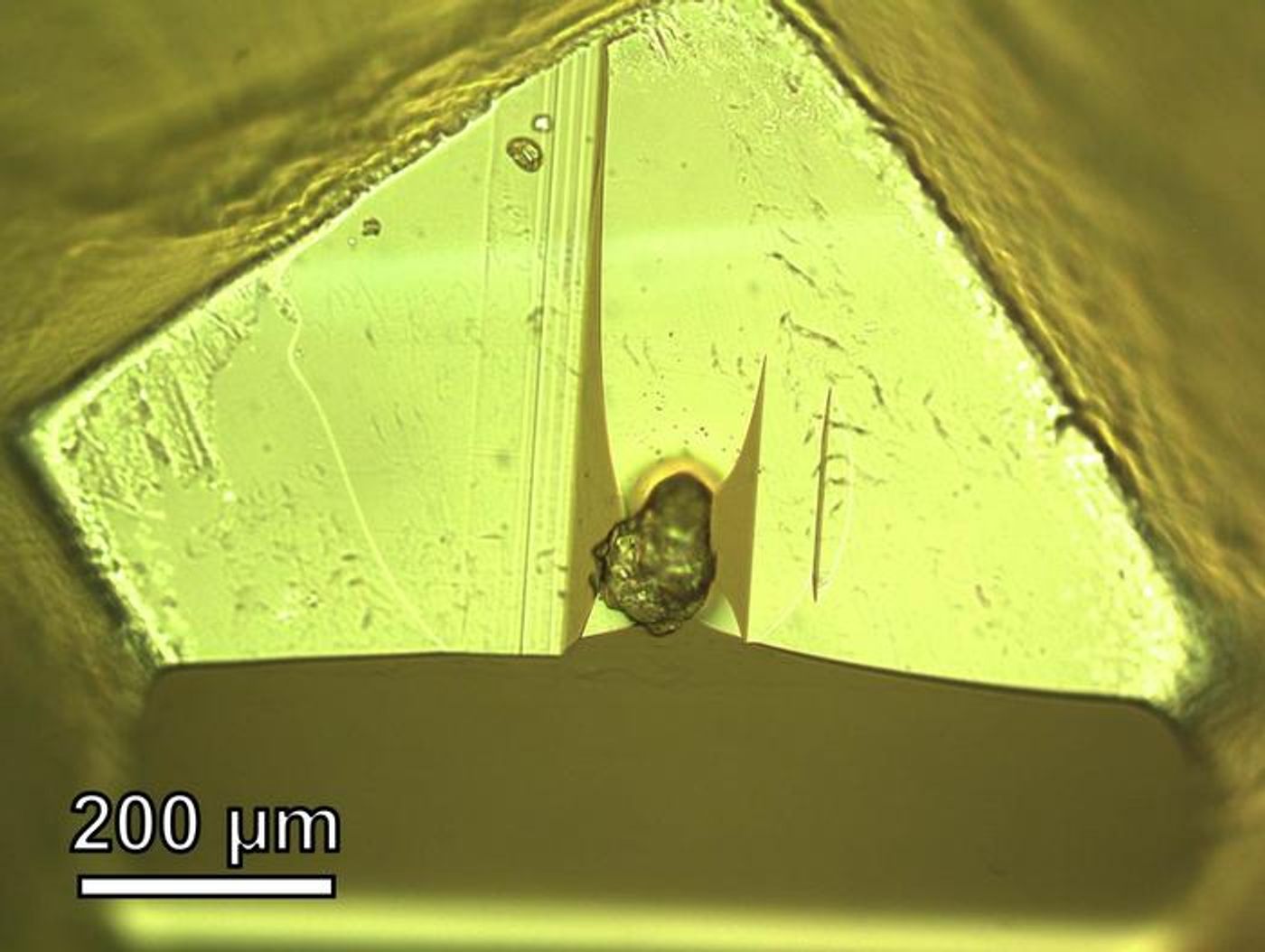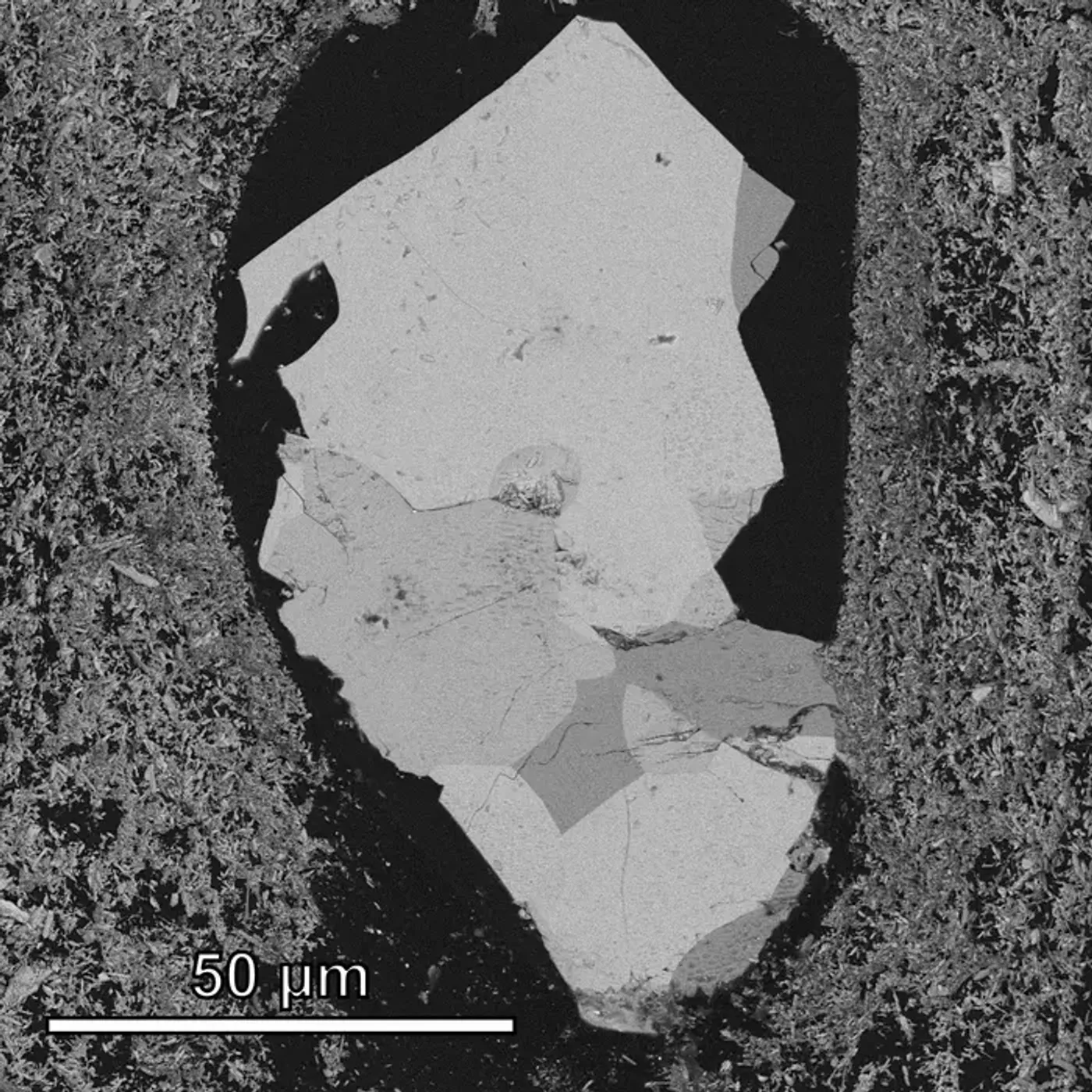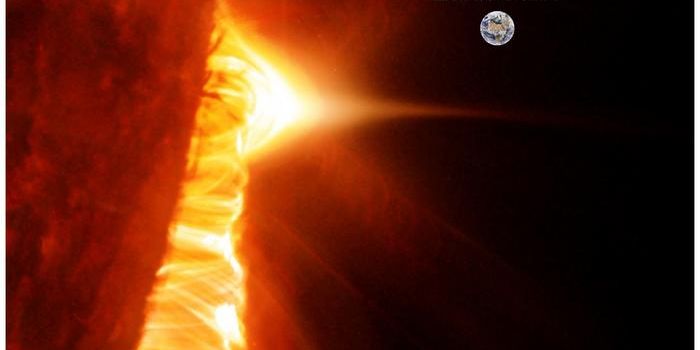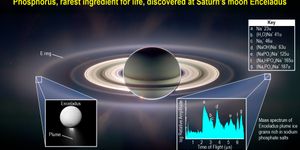Asteroid Itokawa Salt Crystal Samples Provide New Insights into Asteroid Population
While asteroids are the lesser-known populace of the solar system, they have possibly the greatest significance as these floating bodies of rock are as old as the solar system itself and studying them continues to teach us about the formation and evolution of the solar system. In terms of possessing water ice, S-type asteroids have been long hypothesized to be predominantly dry.
But a recent study published Nature Astronomy hopes to challenge this longstanding theory about asteroids, as a pair of researchers examine traces of sodium chloride, also known as table salt, in samples taken from asteroid Itokawa by the Japanese Hayabusa spacecraft in 2005 and returned to Earth in 2010. While previous studies have conducted analyses on Itokawa samples since being returned to Earth, this is the first study to confirm such salt crystals came directly from the asteroid and not a result of contamination upon returning to Earth.
Asteroid Itokawa imaged by the Japanese Hayabusa spacecraft. The peanut-shaped S-type asteroid has a diamater of approximately 1,100 feet and rotates once every 12 hours. (Credit: JAXA)
"The grains look exactly like what you would see if you took table salt at home and placed it under an electron microscope," said Dr. Tom Zega, who is a professor of planetary sciences at the University of Arizona’s Lunar and Planetary Laboratory (LPL), and co-author on the study. "They're these nice, square crystals. It was funny, too, because we had many spirited group meeting conversations about them, because it was just so unreal."
What makes this discovery unique is asteroid Itokawa is an S-type asteroid, which while comprise 87 percent of the meteorites found on Earth, only a small number have been observed to contain water-bearing compositions.
For the study, the researcher pair analyzed a piece of Itokawa only 5 microns (0.0002 inches) wide that was cut from a 150-micrometer (0.006-inch) wide sample or double the diameter of a human hair. For the analysis, the team eliminated potential contamination sources, such as human sweat or laboratory moisture, as sources of the table salt.
A sample from Itokawa prior to slicing off a piece used for analysis. (Credit: Shaofan Che and Tom Zega/University of Arizona)
Microscopic image of the diamond-sliced piece used for the study. (Credit: Shaofan Che and Tom Zega/University of Arizona)
"The terrestrial samples did not contain any sodium chloride, so that convinced us the salt in our sample is native to the asteroid Itokawa," said Dr. Shaofan Che, who is a postdoctoral fellow at LPL, and lead author of the study. "We ruled out every possible source of contamination."
The pair determined that since Itokawa had broken off from a larger chuck of rock due to its unique peanut-shaped size, frozen water could have built up over time from meteorite bombardment and radioactive elements decaying, with the parent body ultimately being broken apart over time, leading to Itokawa being what it is today.
Along with concluding the table salt has been present on the Itokawa sample since the early formation of the solar system, they also discovered traces of plagioclase and a sodium-rich silicate mineral with enhanced traces of table salt, as well.
What new discoveries will scientists make about asteroids and their water compositions in the coming years and decades? Only time will tell, and this is why we science!
Sources: NASA, Nature Astronomy, NASA (1), University of Arizona News, Geology.com
As always, keep doing science & keep looking up!











